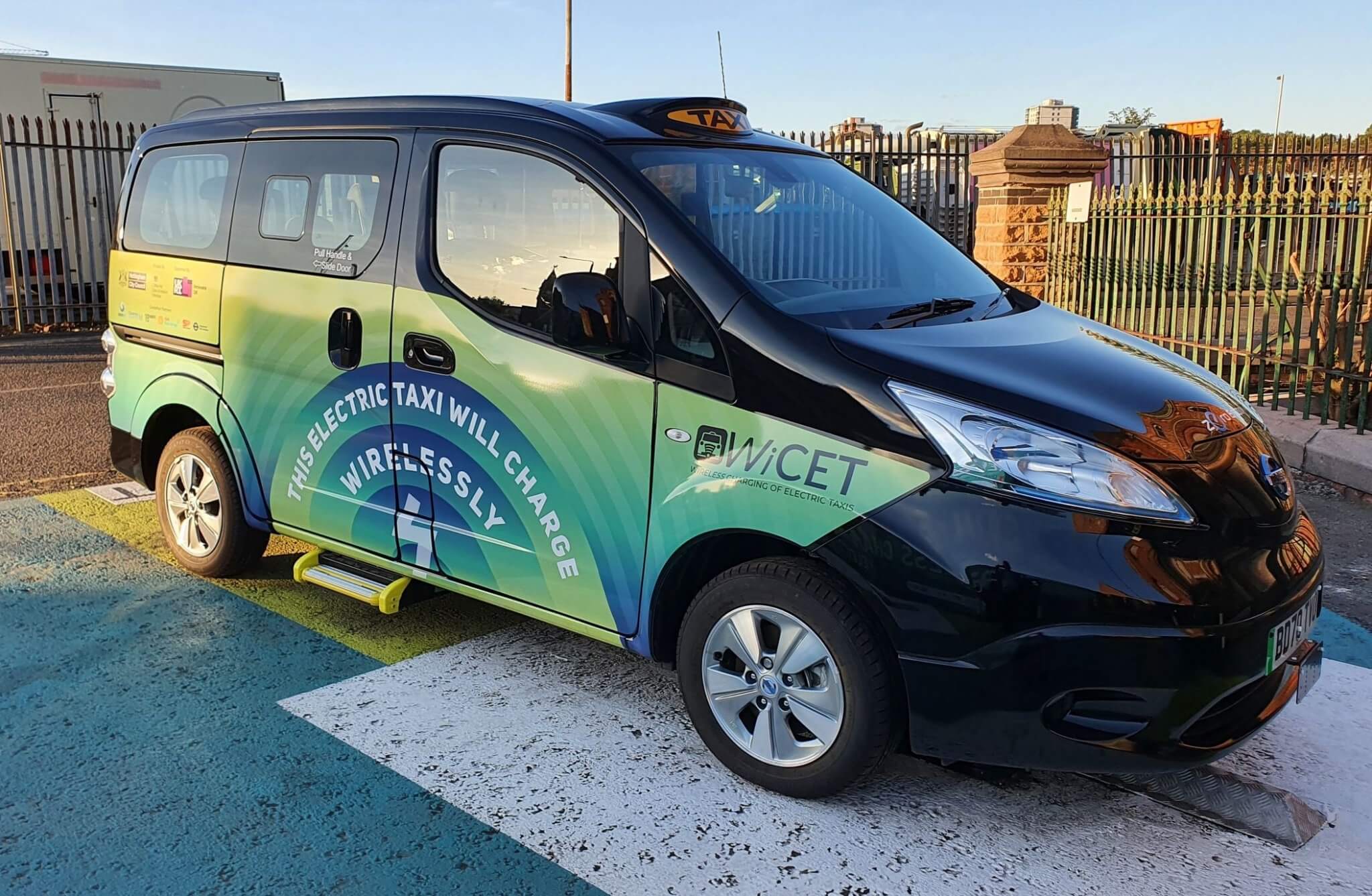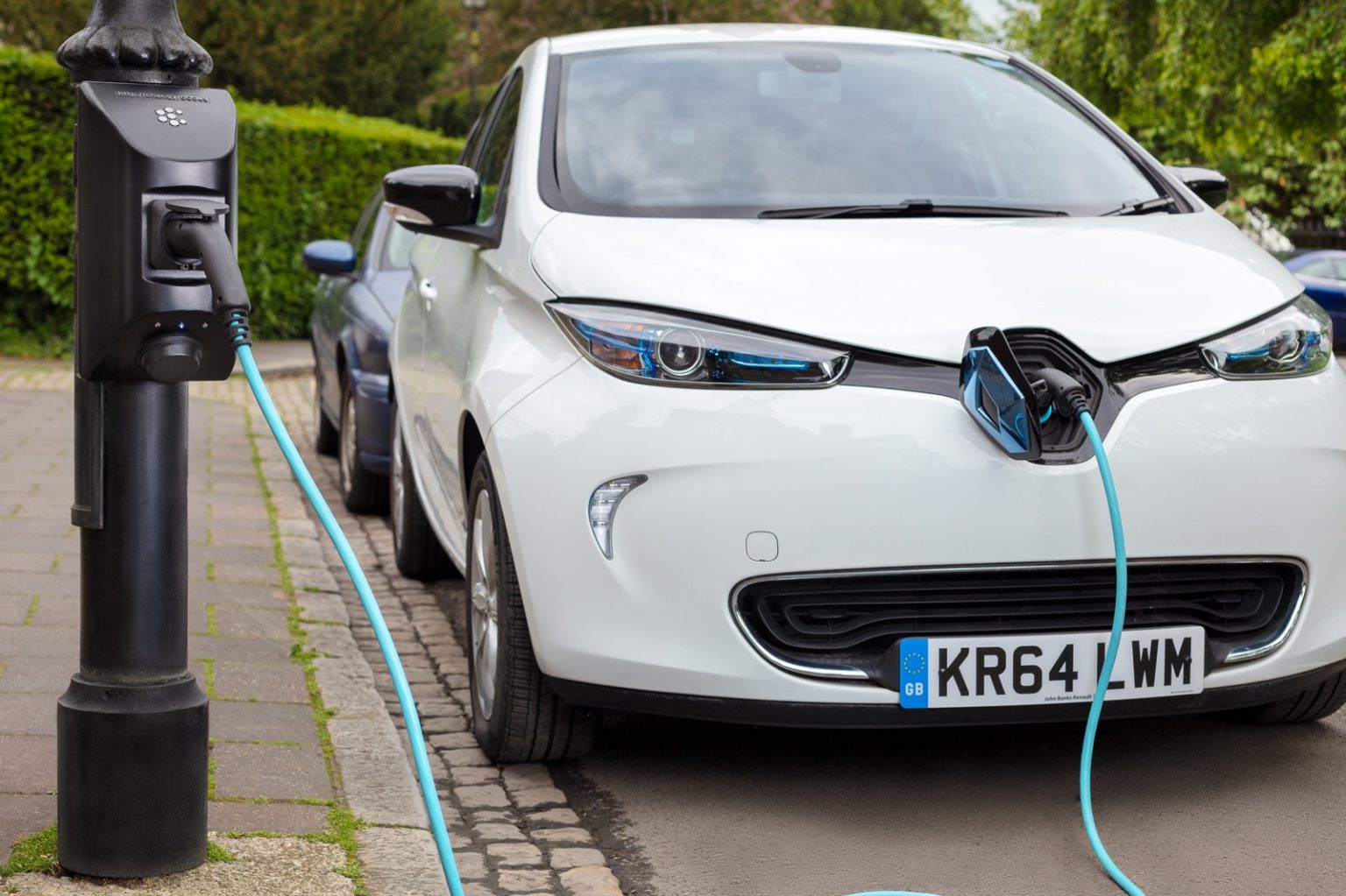Smart charging options for electric vehicles are becoming increasingly popular, allowing drivers to control the time and rate of charge in response to energy demand, which helps to balance the grid.
However, the next step is vehicle to grid (V2G) charging, which allows energy stored in the vehicle’s battery to be exported to the grid during periods of high demand. EV drivers are turned into ‘prosumers’ – both consumers and providers of electricity – and are rewarded for their flexibility, which also benefits the grid.
Octopus Energy’s Powerloop project, in which Energy Saving Trust is a partner, is a good example of how V2G works. You can find out more about the project here.

